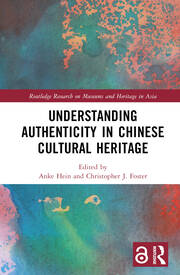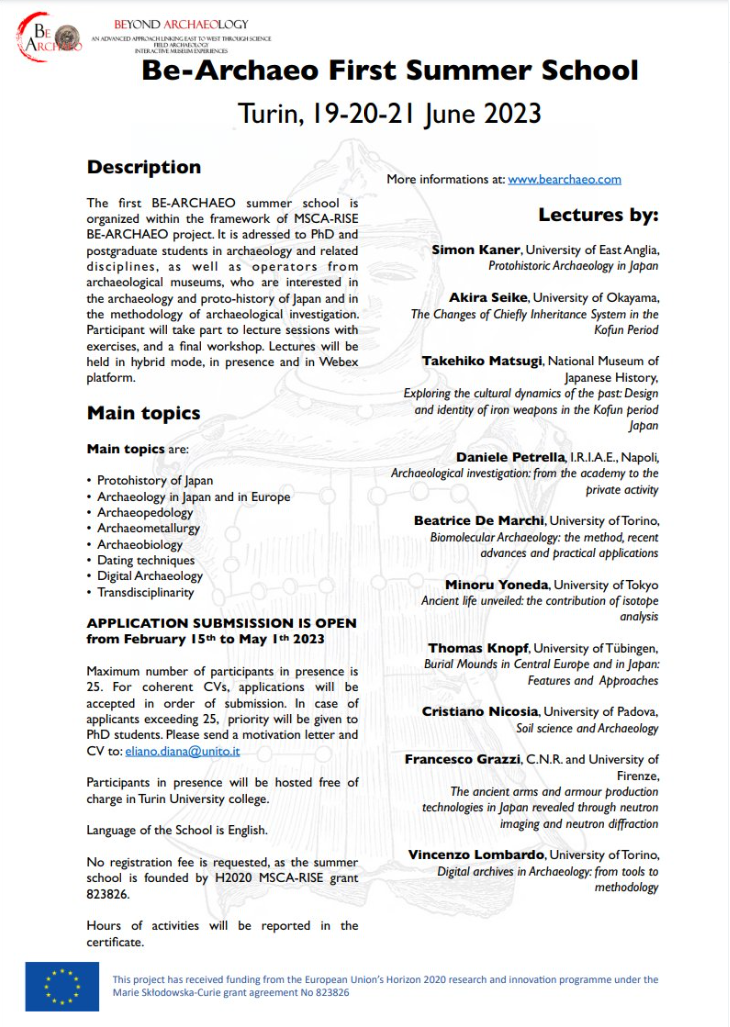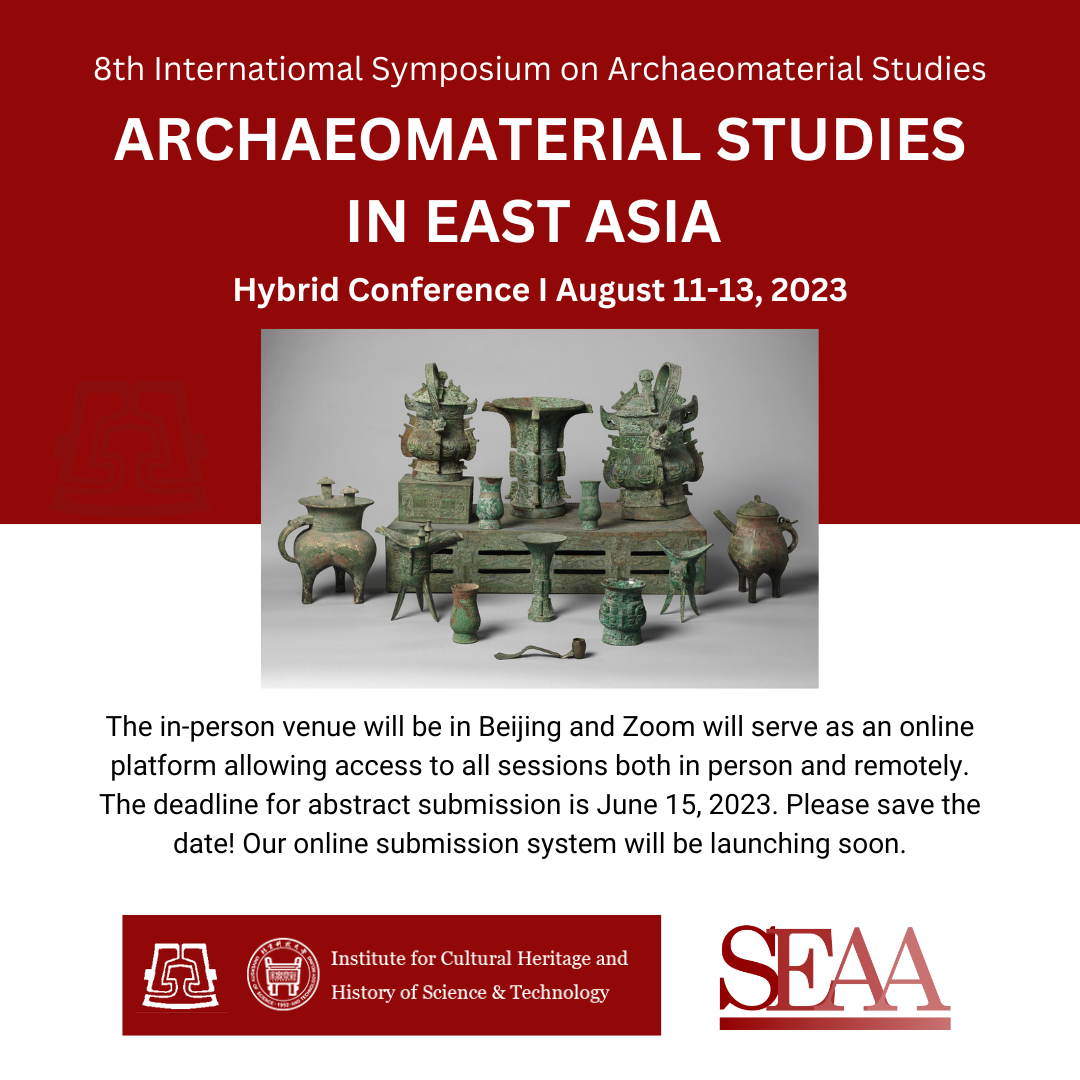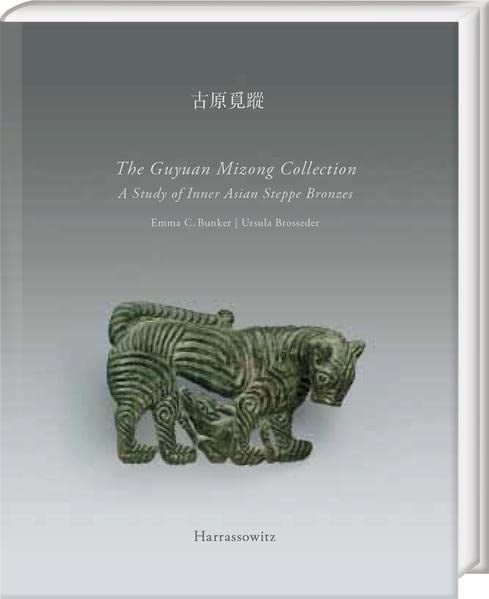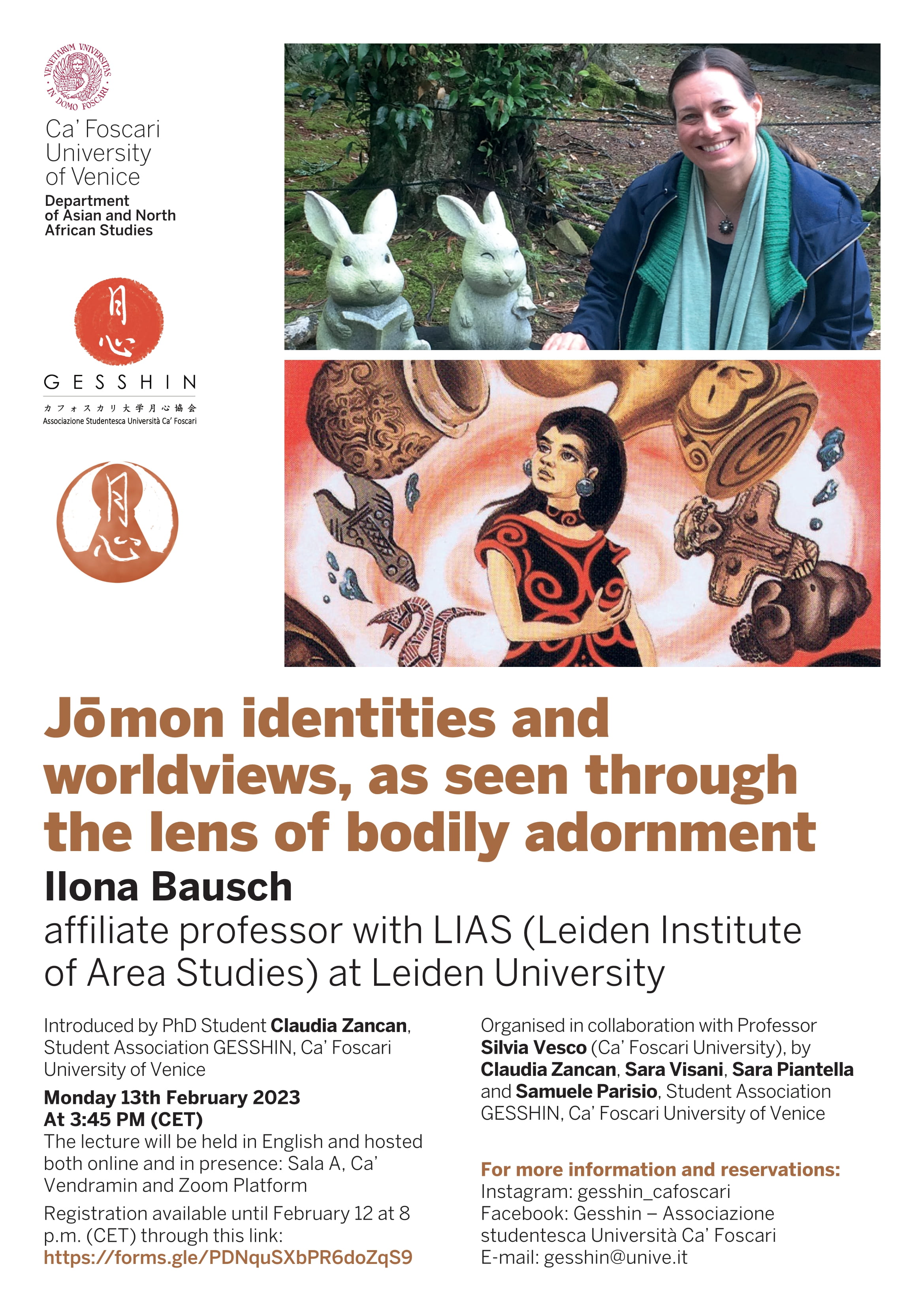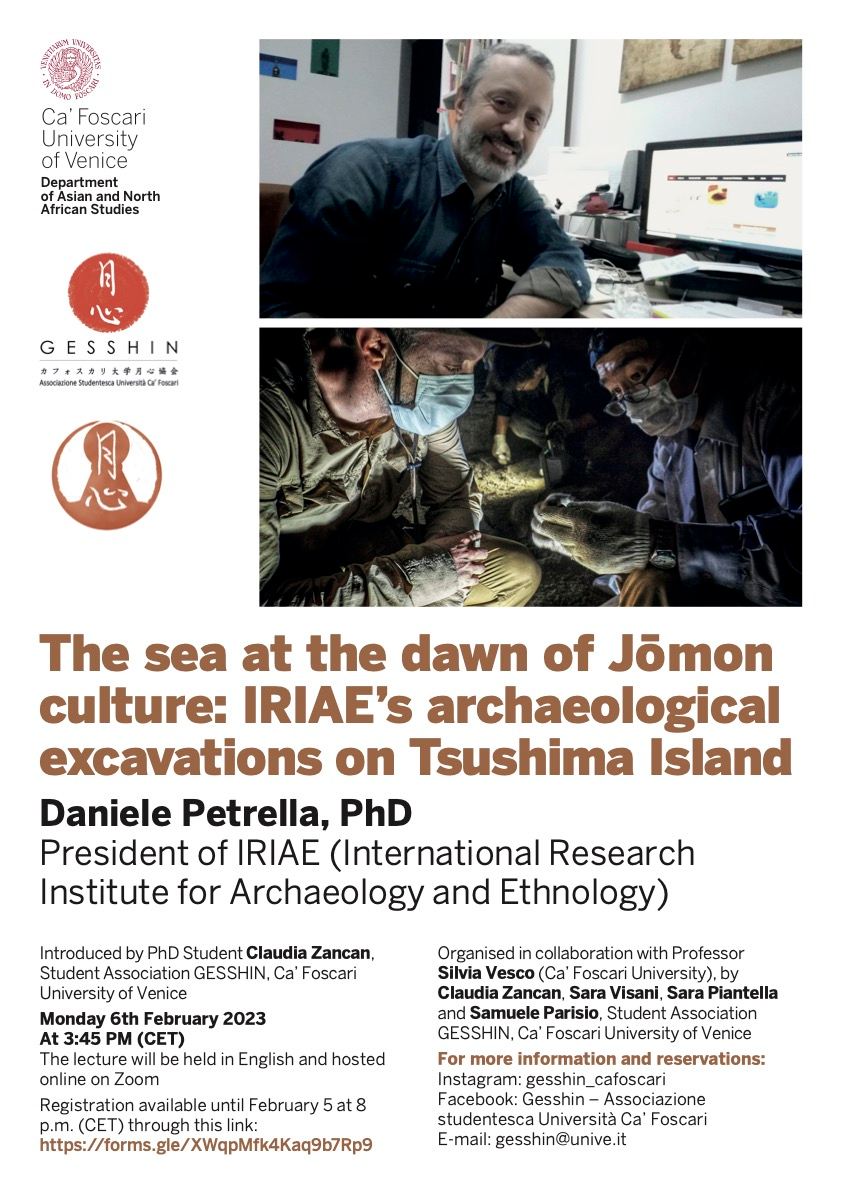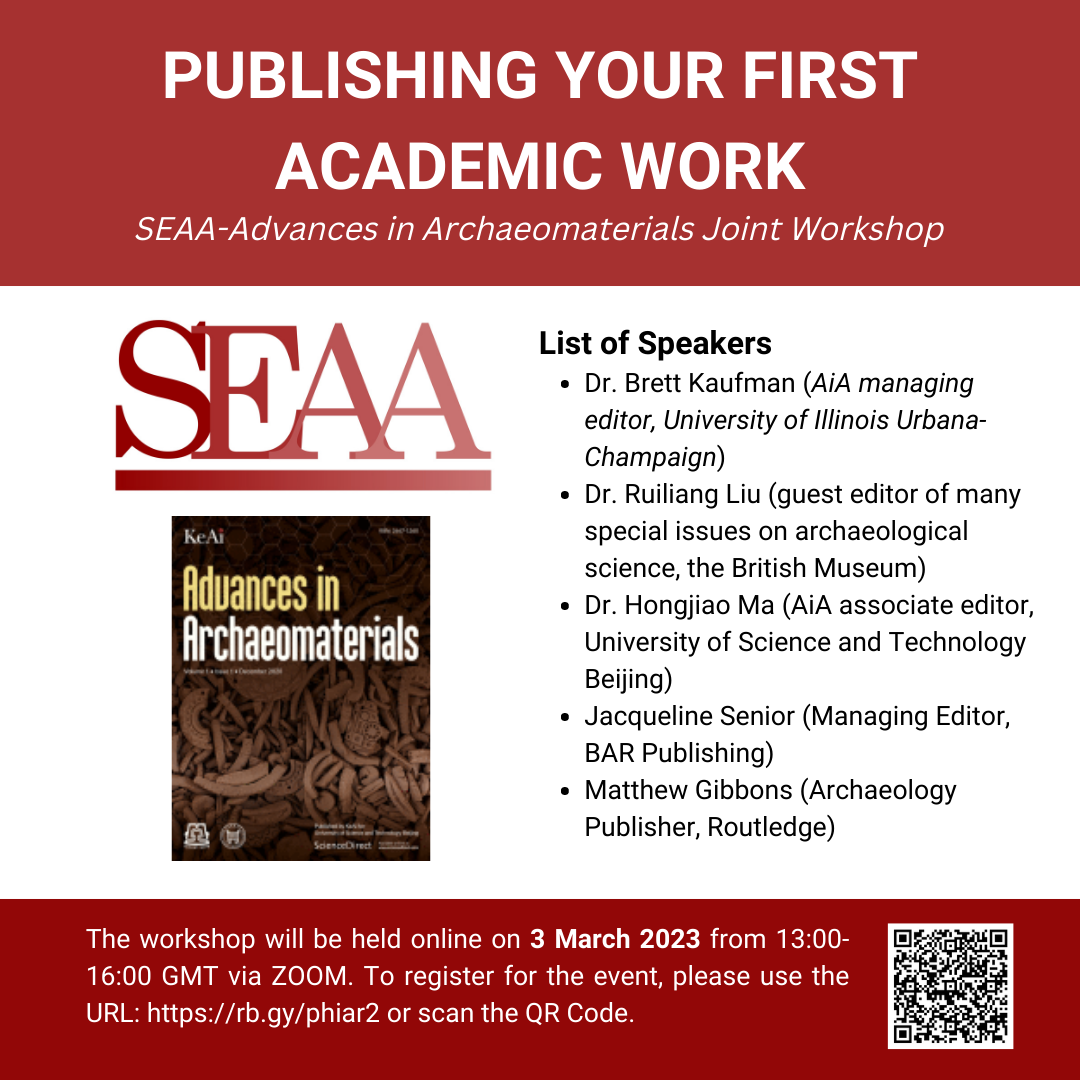SEAA News Blog
New fieldwork or research discoveries? Upcoming conference or workshop? New job opening or fellowship posting? New book?
Share the latest news of your work with your colleagues, advertise for job or fellowship openings, find participants for your conference session and more on the SEAA blog.
Guidelines: All posts should be related in some way to East Asian Archaeology. When writing your post, please use capital letters for surnames. Original script (Chinese, Korean, Japanese) for East Asian place names, personal names, or archaeological terms is encouraged. For the transcription of East Asian language terms, Pinyin for Chinese, Hepburn for Japanese, and the Korean Government System (2000) for Korean is encouraged.
Contributions should be limited to around 500 words and 1-2 images. For longer descriptions of your projects, you may consider the Reports section of the Bulletin (BSEAA).
Members can submit their news posts to the SEAA web editor via the website (see SEAA Members' Area for details and instructions on blog submissions) or via email. Non-member contributions are also welcome and may be submitted via email to the SEAA web editor.
The editor(s) reserves the right to carry out minor editing, or to decline contributions inappropriate to the objectives of SEAA.
We are delighted to announce the upcoming conference on "Archaeomaterial Studies in East Asia", jointly organized by the Society for East Asian Archaeology (SEAA) and the Institute for Cultural Heritage and History of Science & Technology, University of Science and Technology Beijing (USTB). The conference will be a hybrid event taking place on August 11-13, 2023. The in-person venue will be in Beijing and Zoom will serve as online platform allowing access to all sessions both in person and remotely. Our abstract submission system will be online soon.
In this MSc course, you will learn how archaeological science provides fundamental insights into the ways humans have transformed natural materials, from the Palaeolithic to the Industrial Revolution.
The Student Association Gesshin, Ca’ Foscari University of Venice is hosting an online lecture titled "The sea at the dawn of Jōmon culture: IRIAE's archaeological excavations on Tsushima Island" at 15:45 (CET, Italy) on 06 February 2023 (Monday).
The speaker is Daniele Petrella, PhD and President of IRIAE (International Research Institute for Archaeology and Ethnology). It is the first lecture of the series "Unearthing Japanese Archaeology: Re-discovering ancient Japan through contemporary studies".
The Social Lives of Chinese Objects is the first anthology of texts to apply Arjun Appadurai’s well-known argument on the social life of things to the discussion of artefacts made in China. The essays in this book look at objects as “things-in-motion,” a status that brings attention to the history of transmissions ensuing after the time and conditions of their production. How does the identity of an object change as a consequence of geographical relocation and/ or temporal transference?
Publishing is one of the most important goals for researchers and graduate students in the field of East Asian archaeology. After gathering data, everyone needs to face the questions of how to write a clear argument that attracts editors’ attention and how to find the right journal or publisher to submit their works. For scholars and students working in East Asia, many also need to publish in a language different than their mother tongues.

